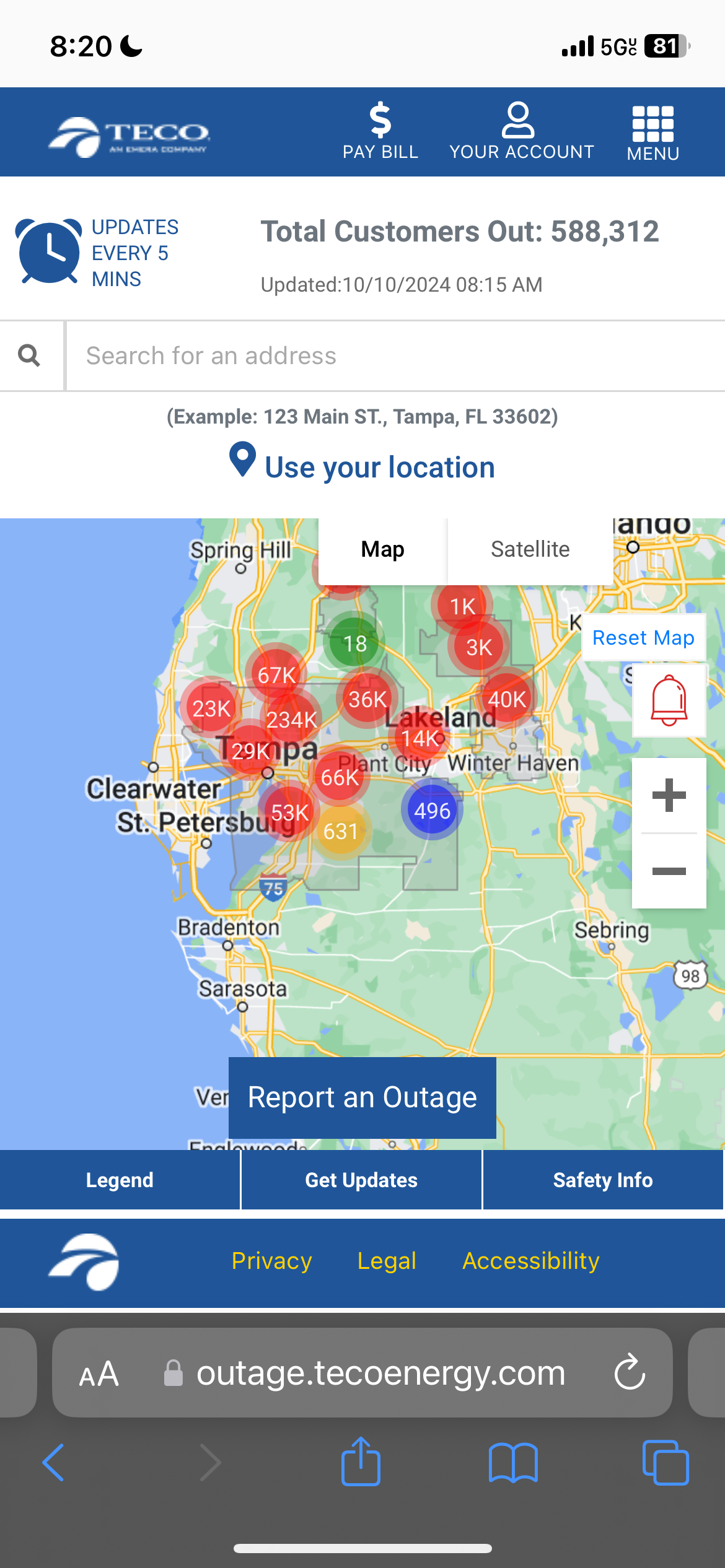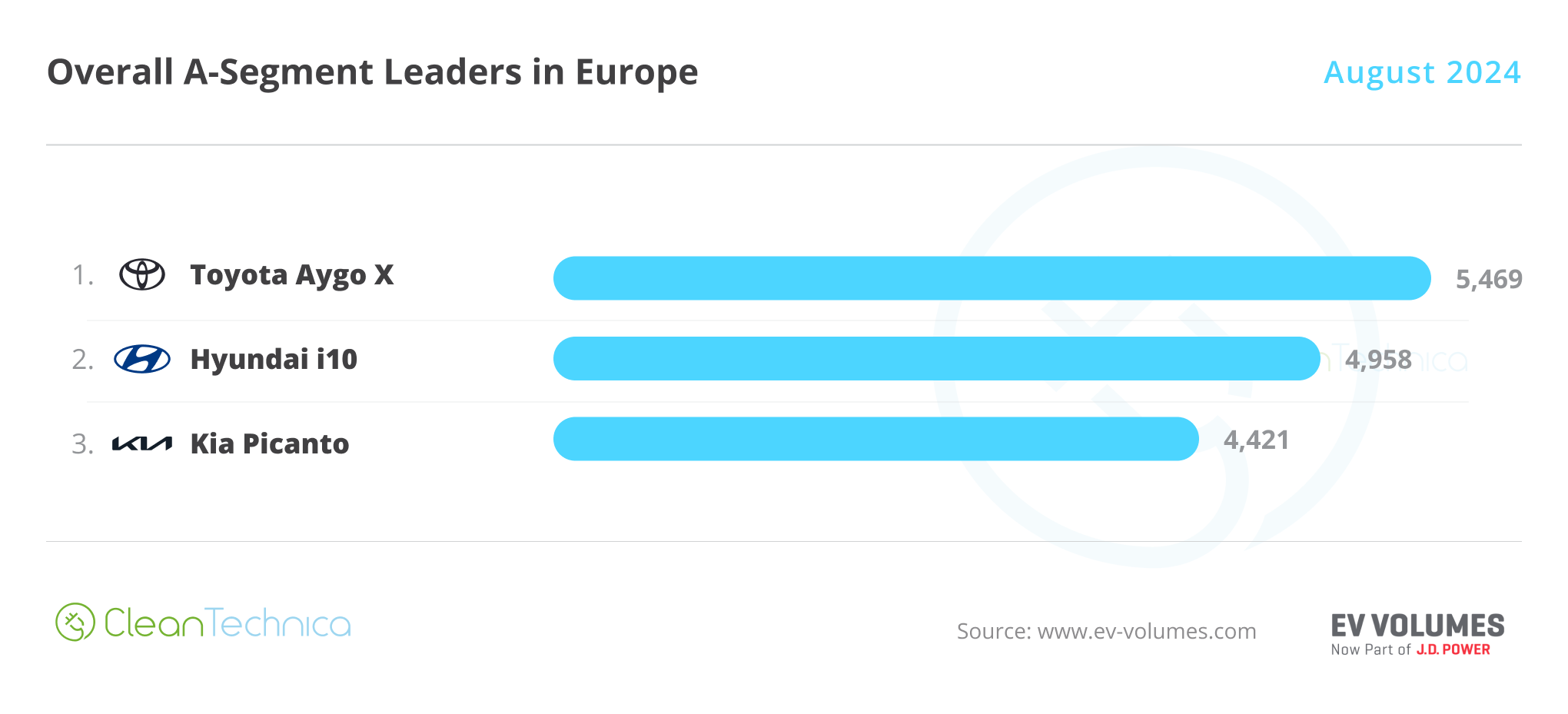Sign up for daily news updates from CleanTechnica on email. Or follow us on Google News!
For years I thought of convenience stores as places where I could multi-task. I could fill up my car’s gas tank for my nearly hour ride home. I could grab a snack and sugary soda to keep me awake. I could peek at the newspaper headlines as I waited for the cashier.
That model of convenience stores still has relevance in today’s fast-paced commuter world. But there’s also room for adaptation and change with the arrival of electric vehicles (EVs). It really is time for convenience stores to start embracing EVs by incorporating well-lit and reliable charging stations into their business models. There’s a whole clientele of EV drivers out there waiting for you, convenience store owners. Convenience stores make an organically good fit as a location for EV chargers.
But a larger question looms: even if owners of convenience stores want to make an identity shift to embrace EV drivers, can they afford the costs of providing the electricity?
How does an Existing Charging Network Company Make a Pitch to Convenience Stores?
The hardware and software for fast charging can run between $50,000 for one charger and $500,000 for multiple fast chargers and dispensers, Michael Hughes, chief revenue officer of ChargePoint Holdings, told CNBC. ChargePoint, which tries to bring EV charging “to more people and places than ever before with the world’s largest and most open EV charging network,” acknowledges that “many businesses are unsure about how they can take advantage of the coming EV revolution.”
To fill in this gap, the company breaks down the different types of EV chargers on the market and helps convenience store owners choose the right solutions to achieve their business goals. Some of the categories ChargePoint helps interested parties investigate are:
- Who the different types of EV drivers are (and what you need to know to attract them to your business)
- What the difference is between Level 1 and Level 2 charging (and why faster is better—to a point)
- When DC fast charging is a good option (and why it’s overkill for most types of businesses)
- Why networked charging is always the smart choice (and why you should never choose standalone stations)
- Where to find the money for your EV charging investment (and why it’s more affordable than you think)
However, when we sift through the appealing language, we are missing a key element for makes or breaks the addition of EV charging stations for convenience stores: how do “demand costs” affect their profitability statement?
The Insidious Effect of “Demand Costs” for Convenience Stores
Calculating the cost of electricity is not a simple task. Basic rates vary from state to state and often within states as well. They also can vary during the day — higher when demand is high, lower when demand is less. There is also a more insidious cost to electricity, one that may be preventing may convenience stores — many of which are independently owned and do not produce a large gross income — from adding EV chargers onto the amenities they provide to their customers.
It’s called a “demand” charge. A demand charge applies when businesses draw a lot of power at once — say, 4 EVs charging at the same time — even if only for a short time period.
Residential customers generally don’t pay them.
A CNN exposé argues that, despite available federal funding to build EV chargers, many convenience stores aren’t even thinking about participating. The reason? “High electric utility fees on charging stations make them unappealing — and unprofitable — for convenience store owners.”
As our CleanTechnica colleague Steve Hanley points out, what most people think of as the full cost of an EV charger — the equipment, installation, the monthly utility bill that follows — isn’t really the full story. In fact, Steve outlines, for most commercial entities, that bill is a combination of 3 items:
- Baseline charges — otherwise known as connection fees. These go to pay for the grid infrastructure — poles, wires, substations, and such.
- Usage charges — payment for the electricity actually used. In many cases, electricity used when demand on the grid is high costs more than it does when demand is low.
- Demand charges — payments utility companies add to compensate them for making their system capable of supplying large amounts of electricity on demand whenever it is required.
The last category of demand charges is mighty tricky. Electricity comes directly from the grid. The utility company has to make sure that amount of power is available all day, every day, and it adds on a demand charge to pay for that ability and assurance. Demand charges can increase utility bills by as much as 50% every month, which can double the amount of money the store owner pays for electricity.
What about hotel chains (here and here) that have recently announced that they’re adding chargers on site? Are they ready to absorb demand charges? Or are they planning to seek an intermediary answer to demand charges?
Is there a possible solution? Yes.
Get Thee an Onsite Storage Battery System
Convenience stores and other companies can avoid demand charges when a customer plugs in to charge if the electricity comes from the battery, not from the grid. This battery gets its power from the grid during the course of an entire day, not in one 30-minute burst as utilities expect and build into demand charges. A storage battery system can mean avoiding costly utility company upcosts due to electrical supply surcharges.
Because the storage battery can be replenished when demand and rates are at their lowest, the business can save hundreds of thousands of dollars over the service life of the charging equipment.
For example, last year Electrify America unveiled its first application of megawatt-level battery storage in Baker, California, ensuring that there would be a constant supply of power to for its customers to charge up their EVs, regardless of the grid.
A group of former SpaceX employees has designed EV charging stations that they say convenience stores can buy and manage with minimal power upgrades. Electric Era offers its “PowerNode-OS,” which is designed to control a flexible hardware ecosystem with cloud compute. This OS “enables high reliability EV fast charging anywhere on the grid.” To meet these objectives, the PowerNode-OS provides integrated charger management, battery management, autonomous fault detection and recovery, and messaging to optimize charging station performance. It gives convenience store owners an opportunity to sell unused stored energy back to the grid as an additional revenue stream.
Electric Era says that its PowerNode unlocks additional revenue streams and loyalty programs to keep EV driver customers coming back for years to come to convenience stores. Owners can maximize their C-store revenue with the ecosystem and their grid services, which include backup power storage, energy management, loyalty programs, and driver-targeted ads services. Every PowerNode charging station also comes with the Command Console, a dashboard for the convenience store’s EV fast charging station.
Final Thoughts
There are many layers to this conversation. First of all, it’s really important for owners of convenience stores to distinguish between 3 levels of charging as they entertain the idea of providing onsite charging. How long is the customer going to stay on site?
For example, when my family and I attend the local theater, we grab a few hours of electrons at the Level 2 chargers at the city garage, then head home. We’re not expecting a full charge.
Moreover, are convenience stores actually the correct places for EV charging? Although I started this article saying it was necessary, peeling back the layers indicates that demand charges may crush small businesses that are trying to provide charging for their customers. They cannot afford what some report are $28,000 per month additional utility charges and expect to create a profit. Demand charges need to be made explicit to convenience stores and others wanting to join in the EV charging phenomenon.
Maybe instead of convenience stores, we need to think bigger. We need to upgrade to a society in which every parking space offers Level 2 charging, so that EV drivers can add a tad more percentage increase at each errand stop or tourist destination. Because people tend to charge at home, these extra stops are more rare than frequent, helpful to fulfill part but not the entirety of charging needs.
Have a tip for CleanTechnica? Want to advertise? Want to suggest a guest for our CleanTech Talk podcast? Contact us here.
EV Obsession Daily!
I don’t like paywalls. You don’t like paywalls. Who likes paywalls? Here at CleanTechnica, we implemented a limited paywall for a while, but it always felt wrong — and it was always tough to decide what we should put behind there. In theory, your most exclusive and best content goes behind a paywall. But then fewer people read it!! So, we’ve decided to completely nix paywalls here at CleanTechnica. But…
Thank you!
Tesla Sales in 2023, 2024, and 2030
CleanTechnica uses affiliate links. See our policy here.




